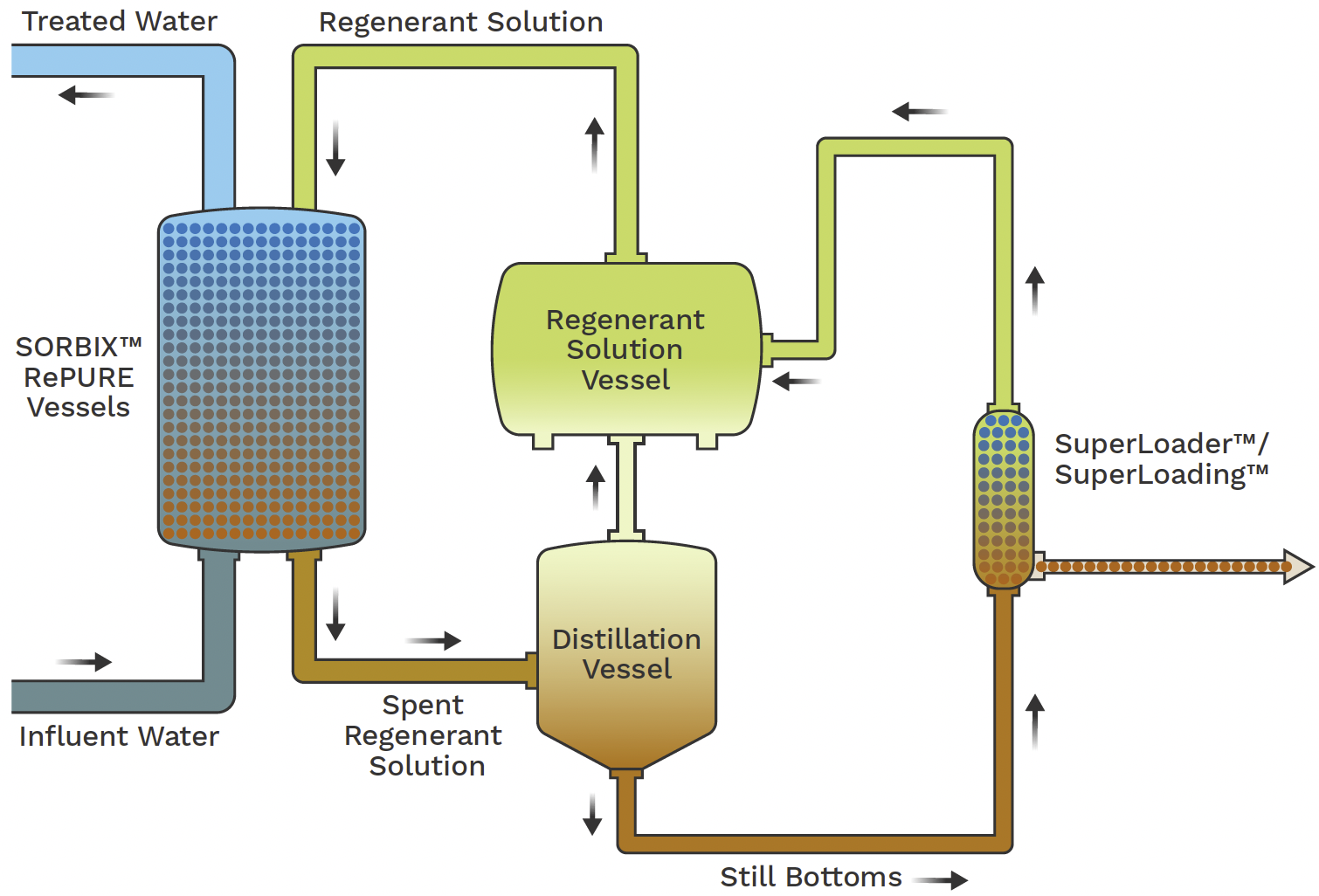Advanced Approaches for Efficient PFAS Contamination Elimination
The consistent difficulty of PFAS contamination requires the exploration of sophisticated removal techniques that can efficiently deal with these dangerous materials. Ingenious technologies, such as sophisticated oxidation processes and various adsorption strategies, have actually arised as encouraging solutions in mitigating PFAS from impacted environments.
Recognizing PFAS Properties
Although per- and polyfluoroalkyl substances (PFAS) have actually been extensively utilized in different industrial and customer products because of their unique residential properties, their determination in the atmosphere postures significant difficulties to public wellness and safety. PFAS are a team of synthetic chemicals identified by a carbon-fluorine bond, one of the strongest chemical bonds known, which adds to their extraordinary security and resistance to destruction. This stability permits PFAS to build up in the setting and living microorganisms, bring about prospective adverse health effects.
These exact same buildings add to their ecological persistence, as PFAS do not quickly damage down with all-natural procedures. Recognizing the chemical buildings of PFAS is crucial for establishing efficient strategies to manage and minimize their ecological impact.
Cutting-edge Remediation Technologies
The perseverance of PFAS in the environment has actually stimulated the advancement of cutting-edge removal technologies focused on effectively getting rid of these impurities from influenced ecosystems. Amongst one of the most appealing techniques are sophisticated oxidation processes (AOPs), which make use of effective oxidants to damage down PFAS substances into much less unsafe compounds. AOPs can be tailored to target particular PFAS frameworks, improving their effectiveness.
Another arising modern technology is making use of adsorption media, such as activated carbon and ion exchange resins, which can precisely catch PFAS from polluted water. These materials have actually revealed significant removal effectiveness, although regular replacement and regeneration are needed to maintain performance.
Membrane filtering techniques, consisting of reverse osmosis and nanofiltration, are also gaining traction in PFAS remediation. These methods can effectively divide PFAS from water, supplying a viable option for dealing with contaminated resources. Furthermore, thermal therapy methods, such as incineration, can break down PFAS right into safe byproducts, though they call for careful administration to control discharges.
Collectively, these cutting-edge removal modern technologies stand for substantial improvements in the ongoing battle versus PFAS contamination, providing numerous approaches to recover damaged atmospheres and shield public health.

Bioremediation Techniques
Bioremediation methods offer an appealing strategy to addressing PFAS contamination by taking advantage of the natural abilities of microorganisms to weaken these consistent compounds (m270 waste management). This approach involves making use of germs, fungis, and other germs that can metabolize or transform PFAS compounds right into much less unsafe by-products
Current developments in molecular biology and environmental microbiology have improved our understanding of microbial areas and their possible duties in PFAS destruction. Scientists are proactively find checking out particular stress of bacteria, such as Pseudomonas and Bacillus, which have demonstrated the capacity to damage down particular PFAS compounds.
Sitting bioremediation methods, where microorganisms are boosted directly in infected atmospheres, can be specifically efficient. This strategy commonly includes the application of nutrients or electron contributors to promote microbial development and activity. In addition, ex lover situ approaches, such as bioreactors, enable controlled conditions that can maximize destruction rates.
Regardless of the promise of bioremediation, challenges continue to be, consisting of the complicated nature of PFAS compounds and the requirement for extensive area testing - m270 waste management. Proceeded r & d will be essential to refine these methods and examine their efficiency in diverse ecological contexts
Adsorption and Filtering Approaches
Addressing PFAS contamination typically involves employing adsorption and purification techniques, which are created to eliminate these persistent chemicals from water and dirt. Amongst the numerous strategies, turned on carbon adsorption is widely used as a result of its high area and porosity, making it possible for efficient capturing of PFAS particles. Granular activated carbon (GAC) systems are especially favored for dealing with huge volumes of contaminated water, while powdered turned on carbon (SPECIAL-INTEREST GROUP) can be utilized for smaller-scale applications.
Ion exchange resins additionally reveal guarantee in PFAS removal, operating by trading PFAS ions with less damaging ions in websites the water. This technique has shown effectiveness in concentrating PFAS compounds, facilitating their succeeding removal. Furthermore, membrane filtering methods, such as reverse osmosis and nanofiltration, operate by utilizing semi-permeable membranes to separate PFAS from water, properly lowering their concentrations.
While these approaches work, they should be thoroughly picked based on the specific PFAS substances existing and the ecological context. Continual innovations in materials science and engineering are leading to the development of novel adsorbents and purification systems that boost elimination effectiveness and reduce functional costs, therefore boosting general remediation efforts.
Regulatory and Policy Considerations
Just how can reliable regulatory structures improve the monitoring of PFAS contamination? Detailed plans are crucial to ensure a collaborated and robust feedback to the difficulties presented by per- and polyfluoroalkyl compounds why not check here (PFAS) Laws can establish clear standards for monitoring, reporting, and remediating PFAS-contaminated websites, fostering responsibility amongst markets and public entities. (m270 waste management)

Furthermore, economic rewards and grants can be integrated into policies to motivate the adoption of sophisticated removal innovations. Policymakers need to also focus on research study and development, ensuring that arising methods for PFAS removal are verified and executed successfully.
Moreover, public awareness and interaction are important parts of any regulative strategy, encouraging communities to advocate for their health and wellness. Eventually, a well-structured regulative setting will certainly not just boost the monitoring of PFAS contamination but additionally advertise lasting techniques that secure future generations.
Verdict
In summary, the intricacy of PFAS contamination requires the adoption of innovative remediation methods. Proceeded research and growth in this area remain critical to resolving the difficulties posed by PFAS contamination.